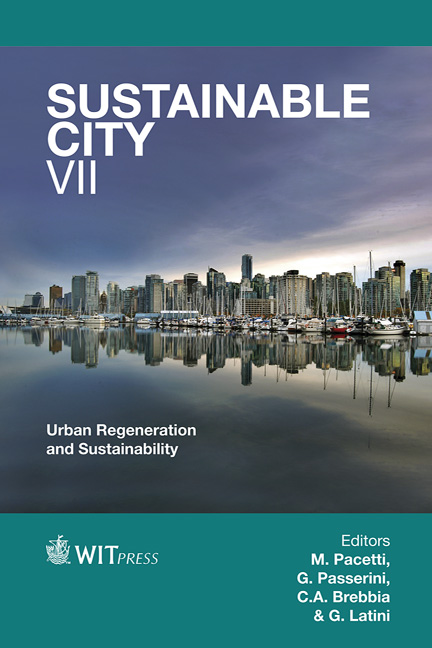Blast Effects And Protective Technology Design
Price
Free (open access)
Transaction
Volume
155
Pages
8
Page Range
1153 - 1160
Published
2012
Size
855 kb
Paper DOI
10.2495/SC120962
Copyright
WIT Press
Author(s)
M. Zineddin
Abstract
The fundamental goal of protective construction is to improve the probability of survival of people and other contents in a given facility for a given threat. It is important to realize that the protective building is the last layer of defense against a threat and that all other protective measures (intelligence, law enforcement, surveillance, barriers, etc.) have failed if the threat can be projected onto a facility. This implies that a designer must \“know” the threat before conceptualizing the design and this may not be possible in many cases. Attackers can use various weapon systems in different combinations and such events cannot be predicted. However, using reliable information and objective threat and risk assessment can produce effective estimates of such incidents. Usually, a facility design is based on a standard threat (for example, a specific bomb at a given stand-off distance). In other cases, a statistical approach, requiring that a specific percentage of facilities and contents will survive if a site is attacked, may be employed. Physical security can be achieved by a variety of means and devices with a wide range of capabilities. These capabilities can be used to enable detection, deterrence, delay, and prevention of hostile activities. Structural hardening is a passive defense capability; it is only one aspect of these considerations and should be addressed in the broader context of physical security. As with any other fortification technology, passive defense alone cannot be used to protect against mobile and constantly varying threats. A structure must be designed to prevent catastrophic failure and to protect its contents (personnel and equipment) from the effects of an explosion. Such effects may include nuclear and thermal radiation, electromagnetic pulse (EMP), air blast, ground shock, debris, fragments, and dust (protection from chemical
Keywords
blast effects, protective design, risk mitigation, physical security, antiterrorism protection, hardened structure





